Beyond MQLs: How Intent Intelligence Is Becoming the New Currency of B2B Growth
- Last updated on: November 4, 2025
For a long time, B2B marketing departments have been optimizing their campaigns targeted at MQLs (Marketing Qualified Leads). The model they used over and over again favored quantity rather than the readiness of the buyer. The figures looked good on the dashboards, but in reality, they seldom matched the expectations of the sales team. The majority of MQLs do not turn into a pipeline or revenue. The visible gap between interest and intent was always there, but it was difficult to find a way to solve it.
Nowadays, that scenery is changing. Marketing based on Intent intelligence is substituting the systems that were MQL-based. Companies are focusing on real buying signals rather than just engagement metrics. They stop waiting for leads to fill out forms as they start identifying accounts that are already researching their category. The revenue engine is shifting from captured demand to discovered demand.
Why is the MQL Model Becoming Less Relevant?
The MQL model was created with the assumption of a different buying world. Buyers now do their research on their own and in private. They stay away from sales conversations in the early stages. They use a lot of different channels before any of their engagement becomes visible. Traditional scoring rules are unable to recognize that journey.
Departments are spending their resources on chasing leads who have only downloaded content. These leads rarely manifest purchase intent. Sales teams consider these leads to be of low quality. On the other hand, marketing is of the opinion that there is a lack of follow-up from the sales team. The misalignment between them increases. The pipeline gets slower. Revenue decreases. The problem is not the lead. The problem is the signal that is coming from that lead.
Intent Intelligence Solves the Signal Gap
Intent intelligence marketing is primarily about figuring out the real buying behavior of consumers. It goes beyond just looking at people filling out forms. Basically, it tracks research activity, search patterns, content signals, and technology usage. The ultimate aim is to know who is in the market and when they are pointing to their need.
Such a move combines three essential data layers:
- Behavioral Data: Content consumption, user searches, topic research, webinar participation.
- Firmographic Data: Industry, company size, location, and the stage of the business life cycle.
- Technographic Data: Products, platforms, and systems, which are already being used.
By and large, these signals help to find out the most important question in B2B growth, i.e., which accounts are ready now?
Earlier Identification Means Faster Conversion
Intent intelligence brings to light those accounts that have not gone on to download anything. Consequently, revenue teams can engage at the time of research. This is the point where influence is at its highest. The sales team can gain trust before competitors are brought into the conversation. Gartner predicts that by 2025, digital channels will account for 80% of B2B sales interactions.
Companies that have adopted intent-based workflows are likely to experience:
- Increased outbound response rates.
- Reduced the length of sales cycles.
- Lowered acquisition costs.
- Better win rates in competitive deals.
The change is not only strategic but also measurable.
B2B Intent Data Drives Smarter Campaigns
Intent data is the core of every aspect of the revenue funnel.
- Targeting: Campaigns revolve around accounts that demonstrate actual demand.
- Messaging: The material matches the buyer’s research phase.
- Sales Outreach: Reps discuss the current priorities, not assumptions.
- ABM: The involvement corresponds to the pain points and growth triggers that are active.
Precision takes the place of guesswork. Personalization is relevant, not generic.
Replacing MQLs With Revenue-Driven Metrics
Gartner found that 73% of CSOs are prioritizing growth from existing customers in 2025. Today, revenue teams are creating new measurement frameworks. Activation is more important than acquisition. The quality of the pipeline is more important than the number of leads. The main metrics now are:
- In-Market Account Volume
- Account Engagement Lift
- Intent Signal Strength
- Pipeline Influence
- Opportunity Progress Velocity
These metrics connect marketing activities with the desired revenue results. Sales and marketing have the same understanding of readiness.
How to Operationalize Intent Intelligence
The adoption of intent intelligence marketing requires a strategic plan:
- Identify Your Total Addressable Market (TAM). Be aware of the accounts that matter the most.
- Combine several Intent Sources. Employ first-party and third-party data.
- Coordinate Sales and Marketing Playbooks. Mutual definitions eliminate friction.
- Use the Intent to the Fullest in All Your Channels. Paid, social, email, outbound, and ABM.
- Calculate the Effect on Pipeline and Win Rates. Concentrate on revenue alignment.
The change cannot be accomplished in a single night. It needs technology, training, and consistent optimization. However, the reward is substantial.
The New Standard for B2B Growth
The most competitively operating revenue teams of a business do not engage in the typical lead-chasing activities. What they actually do is strategically expand the readiness of the buyers to make a purchase. They foresee the buying request even before the buyer physically makes it. They are interacting with potential customers at the exact point where they already have the intention.
There is still some life left in MQLs. However, they are no longer the main growth driver. The new currency is intent intelligence. This is how contemporary teams achieve a predictable pipeline and scalable revenue.
FAQs
1. What is intent intelligence in B2B marketing?
Intent intelligence discovers the real buying signals in accounts by looking at the research behavior, content preference, and technology adoption patterns.
2. How is intent intelligence different from MQL scoring?
MQL scoring concentrates on engagement volume. Intent intelligence is about purchase readiness and active research.
3. Why are MQLs becoming less effective?
Buyers do their research secretly and via different channels. MQLs most of the time indicate surface interest and not real purchasing intent.
4. What types of data power B2B intent intelligence?
B2B intent intelligence pulls together behavioral, firmographic, and technographic data to determine which accounts are in-market.
5. How does intent data improve ABM programs?
It goes a long way in targeting accounts that have an active need, hence allowing for relevant messaging and better timing.




